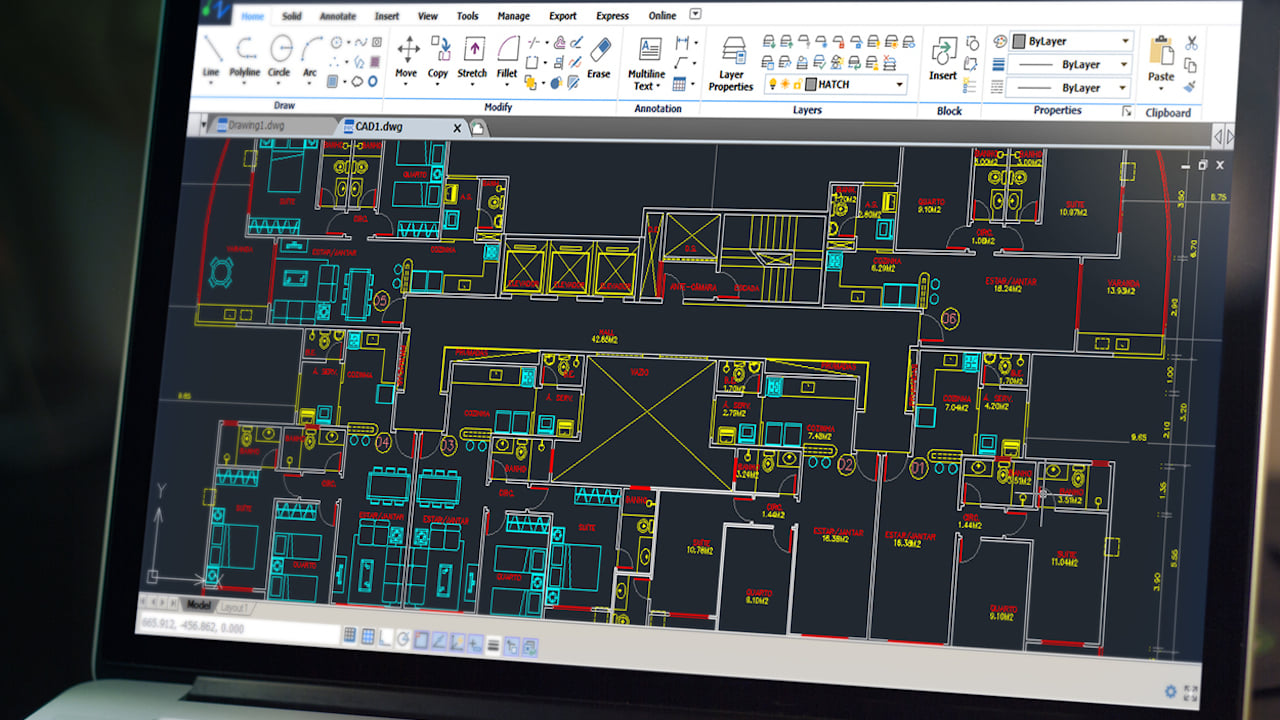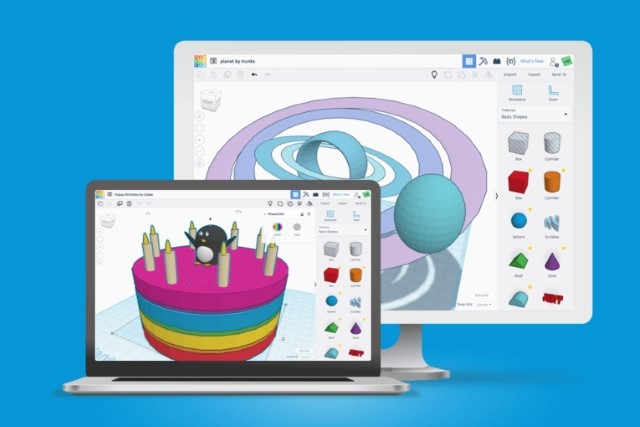

- #Simple 2d wire frame drafting program for mac free software
- #Simple 2d wire frame drafting program for mac free code
- #Simple 2d wire frame drafting program for mac free free
Only the Boolean code used floating-point math.
#Simple 2d wire frame drafting program for mac free free
It was possible to free the camera through Cyber Control scripts. CAD-3D 2.0 did not-by itself-have a free moving camera view: the camera always pointed towards the origin (0,0,0), though it could be rotated around that origin and zoomed in and out.
#Simple 2d wire frame drafting program for mac free software

He also added a simple Z-buffer scan-line renderer for cleaner shaded renderings, more flexible color palette management, a more flexible light interface, and measuring/dimensioning tools. Meanwhile, Tom reworked the guts of the software to provide an “open architecture” interface so he could later extend the application with plug-ins like Cyber Control. Jez went on to play a significant role in the development of the Super Nintendo and Microsoft X-Box game consoles. The most dramatic way this new technology manifested itself in CAD-3D 2.0 was that the user could now use the mouse to rotate the perspective camera’s view “in real time” while in wire frame mode. Starglider featured highly responsive 3D graphics for the time, so Tom and Gary contacted Jez and purchased some useful routines from him that helped speed the redrawing of CAD-3D’s viewports.

When used in monochrome mode, CAD-3D could generate sixteen shades of gray by using fill patterns.īy this point, everybody in the business had noticed a new computer game called Starglider (for the Atari ST and Amiga) created by the British game designer and programmer Jez San. In color mode, the user could choose to use the palette to provide 14 shades of one color (blue, red, yellow, green, violet or cyan) or seven shades of any two colors. It took weeks of work to get the Boolean code stable enough to work in most cases, and I swore I’d never write another 3D Boolean algorithm!īecause of the Atari ST’s tiny color palette, rendering options in CAD-3D were quite limited. This is one of the most complex tasks in 3D work and the Atari’s floating-point routines really weren't up to the task. The biggest coding challenge in the project was writing the 3D Boolean algorithm. The final modeling tool was the Boolean “joiner”, which allowed the user to overlap two objects and subtract one from the other, sort of like sculptural carving. There were also two tools, spin and extrude, which created objects from a two-dimensional template shape drawn by the user. The user could add 3D objects to the scene either by loading them from disk or by creating them from a small library of primitives (sphere, torus, wedge, rectangular solid, etc.).


 0 kommentar(er)
0 kommentar(er)
